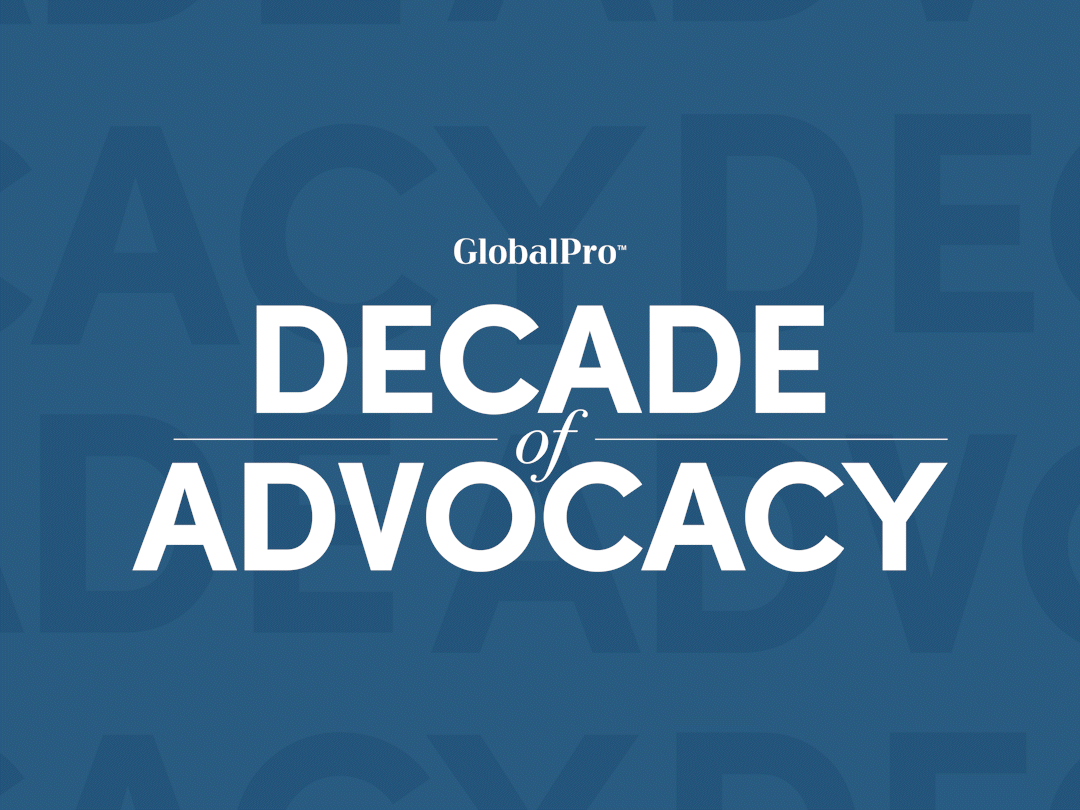Understanding Storm Surge Planning Zones

As hurricane season approaches, being well-prepared for potential storm-related hazards is paramount. One crucial aspect of hurricane preparedness is understanding Storm Surge Planning Zones. In this blog post, we will explore what Storm Surge Planning Zones are, their significance, and how they can help protect communities in the face of hurricanes. Let’s delve into the topic!
What Are Storm Surge Planning Zones?
Storm Surge Planning Zones are designated areas that could potentially experience storm surge of 1 1⁄2 feet or higher during a hurricane. These zones are instrumental in assessing the risk level and implementing appropriate measures to ensure safety and mitigate damage.
The Importance of Knowing Your Zone
By knowing the Storm Surge Planning Zone you are in, you gain valuable insights into the potential risks associated with storm surge during a hurricane. This knowledge allows you to make informed decisions and take necessary actions to protect yourself, your property, and your community.
Determine Your Zone:
To determine your Storm Surge Planning Zone, consult the local authorities or relevant resources in your area. These resources may include official government websites, emergency management agencies, or local community organizations. They will provide you with the necessary information and guidance to identify your zone.

Know Your Zone
Zone A is at greatest risk for storm surge from a Category 1 hurricane and higher. |«
Zone B is at greatest risk for storm surge from a Category 2 hurricane and higher.
Zone C is at greatest risk for storm surge from a Category 3 hurricane and higher.
Zone D is at greatest risk for storm surge from a Category 4 hurricane and higher.
Zone E is at greatest risk for storm surge from a Category 5 hurricane


